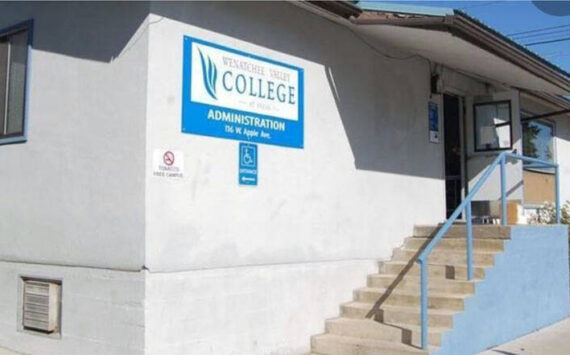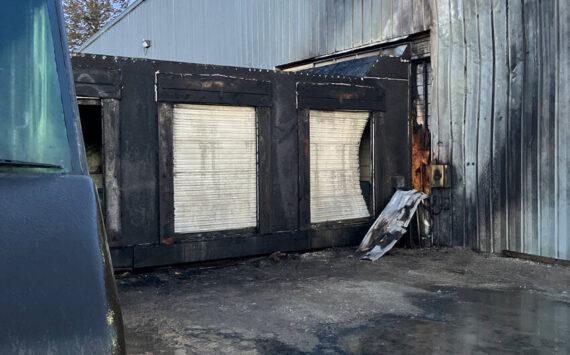By Brett Davis | The Center Square
(The Center Square) – Two juvenile rehabilitation centers have suspended the intake of new offenders due to overcrowding, according to the Washington State Department of Children, Youth & Families. This reverses a two-decade trend of a decreasing juvenile rehabilitation institutional population.
The Echo Glen Children’s Center in Snoqualmie and Green Hill School in Chehalis aren’t taking any more juveniles “in an effort to stabilize a rising population that is compromising the safety of staff and young people served at the juvenile rehabilitation facilities,” DCYF said in a Saturday news release. The no new intake policy was implemented the day before.
Juvenile, adult and tribal courts across the state have been notified of the decision.
DCYF oversees two juvenile rehabilitation facilities and juvenile rehabilitation parole services at eight community facilities in the state.
“When too many young people are concentrated in small spaces it can escalate behaviors and limit the ability for therapeutic rehabilitation,” DCYF Secretary Ross Hunter explained in the news release. “This was not sustainable. Our facilities must be safe, therapeutic and functional.”
Nancy Gutierrez, DCYF communications administrator, noted the unprecedented nature of this decision.
“DCYF has not done this in the past,” she said in an email to The Center Square. “This would be the first time. Agencies across the country have done [this] when they’ve experienced similar population and staffing challenges.”
Juvenile offenders will not be released; instead, they will remain in a county facility until it is safe for them to be transferred to a juvenile rehabilitation facility. DCYF will provide funds to counties to keep juveniles in custody.
The Center Square asked Gutierrez about funding specifics.
“Don’t have any additional information other than this will be done through current contractual relationships with counties,” she said.
Green Hill went from a population of 150 in January 2023 to 240 in June, which is 30% above capacity, according to DCYF.
In May 2023, a security officer was assaulted by juvenile offenders as they escaped from Echo Glen. It was perhaps the most high-profile incident in a series of events that culminated in union workers voting “no confidence” in Hunter.
DCYF says longer sentences are causing the rise in the juvenile inmate population.
“More young people are getting sentenced to JR and for longer periods,” Gutierrez explained, “filling up capacity at JR facilities faster than expected.”
The Washington Association of Sheriffs and Police Chiefs released a statement on Saturday urging state government to resolve the issue promptly.
“It is wholly unacceptable to simply stop accepting juveniles who have been sentenced, through due process, for often very violent crimes,” WASPC Executive Director Steven Strachan wrote. “Victims of crime need to know that offenders will remain in custody.”
He concluded, “This situation is largely of the State’s own making. The state’s overcrowding problem in Juvenile Rehabilitation Centers has been known for some time, and not taking responsibility for the housing of offenders places the public at further risk. One common sense emergency option that should be considered is the transfer of non–juvenile inmates (18–25-year-olds) at Green Hill School to the custody of the Department of Corrections for incarceration in adult facilities.”
According to statistics from the Office of Financial Management’s website, Washington’s juvenile rehabilitation institutional population has been decreasing through last year. In fiscal year 2023, the average monthly population was 332; in 2022, it was 324; in 2021, it was 390; and in 2020, it was 405.
In fact, the decrease goes back to at least 2003, according to OFM figures, when the average monthly population was 969.
OFM’s website notes, “The decrease in juvenile rehabilitation institutional population reflects, in part, the decline in juvenile arrests for violent crimes over the past two decades.”
In the meantime, DCYF will maintain a waitlist during the suspension to prioritize and manage intakes once the suspension at Echo Glen and Green Hill is lifted. Per the DCYF news release, the suspension won’t be lifted until the population reaches sustainable levels, which could take months.
“I would say in the fall months based on current projections,” Gutierrez answered in response to a request for a more concrete timeline.







